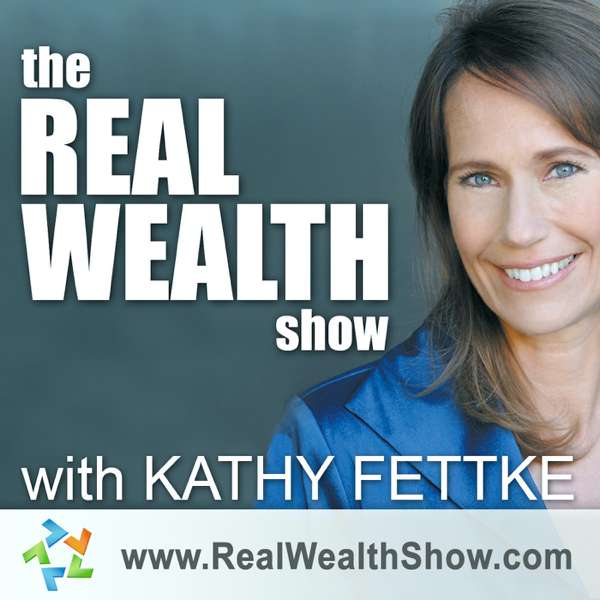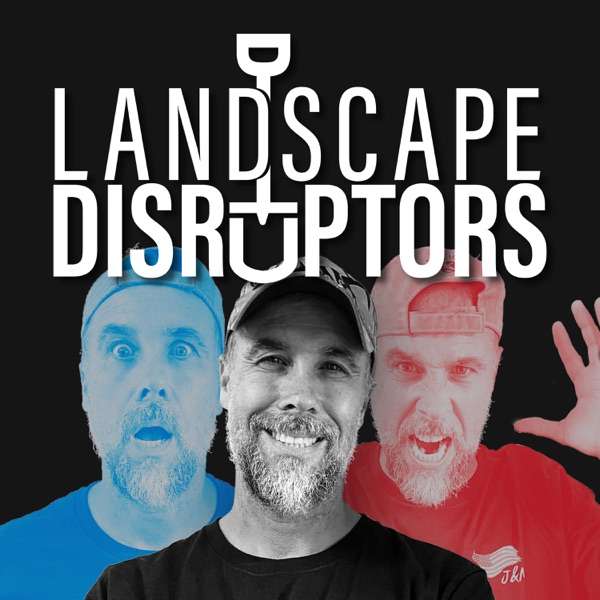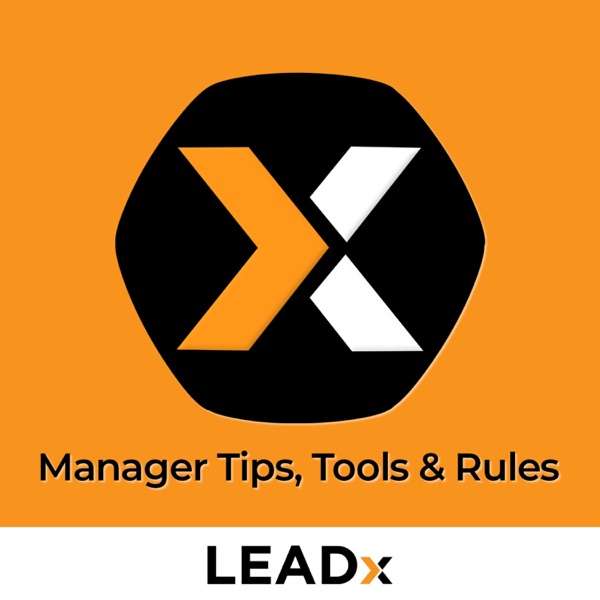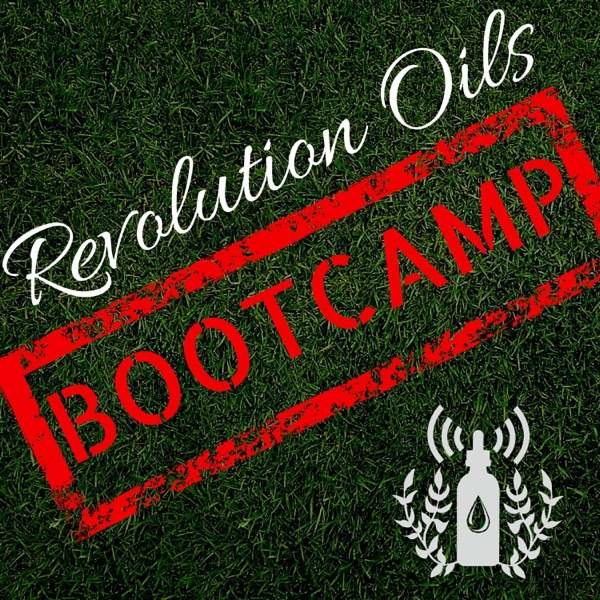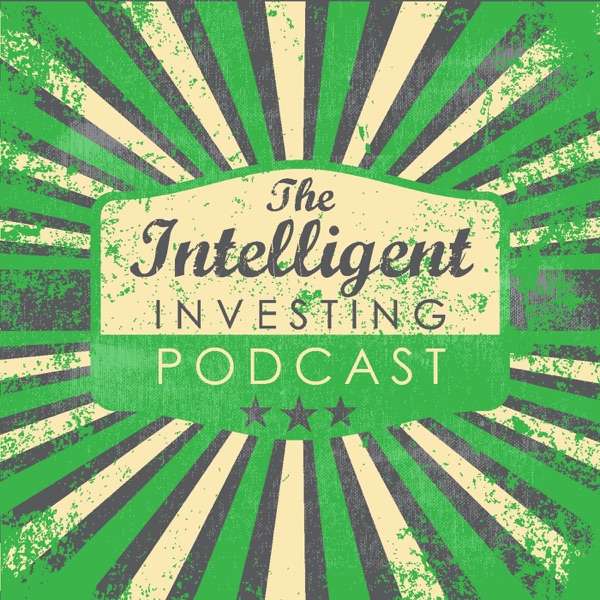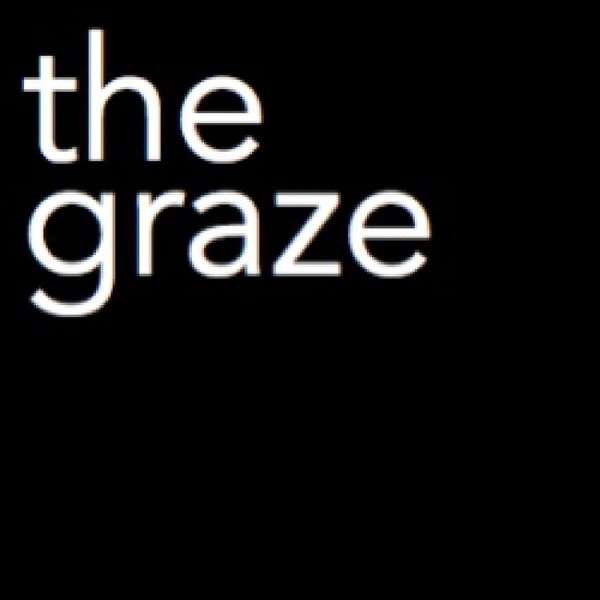Welcome to the Inside Sales Enablement Podcast, Episode 19
The first Sales Enablement Summit was held in September 2019 and Inside Sales Enablement was there. Held in San Francisco, it attracted Sales Enablement leaders from the world’s largest companies and exciting startups to share success stories, experiences and challenges of the people actually doing the role.
Companies presenting included Yelp, Salesforce, Workfront, Oracle, Lyft, Sage, Progress Software, Pluralsight, and Zendesk.
Brian was one of those keynote presenters and blew away the audience with his talk that included: interactive exercises, findings from you - insider nation, some frameworks from Scott, mixed in with his own personal experiences.
In this episode, Scott unpacks the lessons learned and the overall experience so if you didn't get to go to the conference, you will be able to get something out of it.
Some observations the guys discuss
1) Three of the keynote presenters are still using the original Forrester definition of sales enablement
2) Individual contributors, program managers, or department builders: What type of sale enabler are you?
3) The state of sales enablement
Join us at https://www.OrchestrateSales.com/podcast/ to collaborate with peers, join Insider Nation, participate in the conversation and be part of the continued elevation of the profession.
EPISODE TRANSCRIPT:
Nick Merinkers 00:02
Welcome to the inside sales enablement podcast. Where has the profession been? Where is it now? And where is it heading? What does it mean to you, your company, other functions? The market? Find out here. Join the founding father of the sales enablement profession Scott Santucci and Trailblazer Brian Lambert as they take you behind the scenes of the birth of an industry, the inside sales enablement podcast starts now.
Scott Santucci 00:33
I'm Scott Santucci.
Brian Lambert 00:35
I'm Brian Lambert and we are the sales enablement insiders. Our podcast is for sales enablement, leaders looking to elevate their function, expand their sphere of influence and increase span of control within their companies.
Scott Santucci 00:48
Together, Brian and I have worked on over 100 different kinds of sales enablement, initiatives, analysts, consultants who are practitioners, we've learned the hard way what works and maybe what's most important, what doesn't Yeah, and I podcast is different. We actually are spending a lot of time talking to our listeners. And what they're telling us is they appreciate our conversational format and how we're talking real issues. We're sharing the insights that we're learning from what's happening right now. And on this podcast today, we're going to talk about the sales enablement summit, which is the first ever sales enablement summit in San Francisco and that was here in September of 2019. And I Brian, were able to actually give a presentation and a keynote at that event, and I thought it would be good to debrief with that live with Scott because we haven't talked about it much. Thank you, Brian. So, the what we'd like to do here at insider nation for you our insiders is give you up to keep you up to speed on the things that are going on in the conversations but also the events to says I wasn't there. I have a bunch of friend’s questions that I want to know from Brian, and I'm sure you do, too. So, the first thing that I'd love to do is, you know, at a high level, I'd like to know, tell me about the event, Brian, you know, so what was this function? Who were the type of people there? What was the mood? Describe for me, you know what it was like? Because I want to know. All right, cool. Yeah. So, this is San Francisco. It was event was on like, Wednesday, Thursday, it's actually being run by an event management company. So, this is the first summit or event that was non us, you know, vendor sponsored, and also not run by the sales enablement society. So here you have basically a startup of a what it what they believe will be a global summit to bring together sales enablement practitioners, with others in the field, and in this case, they ran the sales enablement summit alongside the product. Marketing summit. So, in the sales enablement space, there are about 250 folks from a variety of different companies, small, medium, large startups, you know, even large international companies, and there were a couple of people there from overseas, but they were companies like Amazon, hired Pluralsight, etc. And the other conference, which was Product Marketing, at about, I'd say about 450 or so, um, so almost double the audience size there. There was one mainstage and we would have our networking events together with the product marketers, so from a content perspective, a lot of different topics, but Scott, I think it'd be great for me to share this little nugget. we haven't talked about the the Forrester definition before Oh the new one, right. Yeah, the new one. And, you know, as we shared with with our listeners in 2008, you know, we we actually defined sales enablement as Forrester came out in 2019 and redefined it. But interestingly enough, two presenters at this conference used your definition, our definition from foresters 2008 definition not the new one, to talk about sales enablement and frame it out. And both of them said that definition was their favorite. And there were two different lenses. One was, hey, this strategic view of sales enablement is what I liked. And the other person that shared it talked about how it was an ongoing initiative that it was a strategic function, yes, but it was also this idea of ongoing value add to the sales. So, what's interesting about that, Brian is literally just this week. I was I was in Chicago, working with an executive, an executive group about you know, transforming from one business to the cloud business. And you know, what they had as our as a as a reference material, the old sales enablement define report from back in 2008. Also, and they call that one.
Brian Lambert 05:08
So, the actual physical report?
Scott Santucci 05:11
Right, the outline and everything
Brian Lambert 05:14
Printed out? Yeah, like laying around. Right, right. Well, that's good. They still print things. That's good.
Scott Santucci 05:21
Well, I think the point is, they're using that as a foundation to move forward towards the future, and some of the newer ones. And
Brian Lambert 05:31
Yeah, that is cool, because I liked how that report broke on the definition, but it also broke down all the different ways that you could tackle sales enablement. And it was it was it was broad at the time, and people actually gave feedback that this was a pretty broad definition. But when you look at what's going on today, and I know you've done a lot of work around the digital transformation and how that drives strategies forward, that definition that that there were seeing pop up here in the course of, you know, two presenters and actually a company, a vendor company, a SaaS company, that definition is perfect for, you know, helping enable go to market. You know, that's pretty cool. So that's that's a, that's a, an interesting data point, I think, because when I looked at the presentation that I gave, that definition was obviously the definition that I use as well. So, there you go.
Scott Santucci 06:29
So that's what we should probably do a whole report on that, or a whole podcast on that, but it's so thanks for that update. So, you threw me for a loop in our report from when you were in Boston by telling me right by jumping on me live that boom, guess what? Forrester has a new definition that that was surprising. And now you're telling me Hey, we had a had a presentation of sales enablement practitioners that isn't vendor sponsored more is it sales enablement society and three the people use the old definition. So that's really weird. But guess what?
Brian Lambert 07:05
Yeah. And you should start going to these events and you can hear it yourself. There you go. Yeah, exactly.
Scott Santucci 07:09
I should start out that's funny. So, alright, that's now what I want to do is I want to know what did your What was your presentation? So, no, this is more for our vendors, Brian and I walked through some of it beforehand. So, you know, he got he got my eyes on it, we roleplay it out parts of it. But I didn't hear the exciting conclusion, right? Because we, we changed the ending a bit. So, I'm gonna get to hear exactly what goes through us the storyboard of what your presentation was. And then we'll unpack it later.
Brian Lambert 07:45
Yeah. And you said it's for our vendors. But I think you meant for insider nation.
Scott Santucci 07:49
Yes, insider nation. That's true. You're right. I met you I'm actually reading on the screen. So, in case you in case, you know, sometimes we actually have notes. And we're sharing them on on zoom. And I was actually talking and looking at that. So, I think a better without the notes, Brian.
Brian Lambert 08:11
That's right. And because one of the things that I did want to call out as, as I was sharing this with you is the idea that this was, again, as we saw in Boston vendor supported and again, I want to call out that this is great, it's great to have, you know, highspot seismic and others, they're supporting this because they made it possible. And they also injected a lot of case studies and examples that I could actually reference in throughout my presentation. But the timeline here are the story art, if you will, of mine was a, you know, businesses are evolving. We know that but industries are evolving, and I use the you know, the the news or print industry in the news industry and talked about how it's evolved from print all the way through to the vices and, and what's really driving that is customers. So, we all know these things. But then I asked, right, right after that, you know, what are you guys enabling? And they gave the ad two minutes, and they were able to kind of read out and I basically used, you know, Scott, the, the domains, the flavors of sales enablement, as a way to debrief that exercise. So, they were able to bucketize their work in either sales, talent development, sales messaging, demand generation or sales administration, as this is that the domains and the flavors. So, I would say at this conference that 250 people, let's say over over 50 to 60%, were in the talent development, sales, talent development 15 were in sales messaging, smaller than about, you know, small group or in demand Gen, and only like one or two are in sales administration. So then, so the bulk were in sales, talent development, and then I asked, okay, well, what are you guys working on and we bucketized that discuss into, there are those who are building something, there are those who are running ongoing programs. And then there are those who are leading a strategic business unit. And so, 250 I'd say 80% are in a build and deliver cadence or effort. 10 to 10 to 15% are in a running program, like for example, onboarding. And then three, three or four people were raise their hand if they let us strategic business unit. So, the story arch continues with Okay, well, what's common across all of these domains and lenses is you have to be able to generate demand, position yourself, get funding and have an operation. And what we did Scott is, you know, bar your idea of this concept that you've been working on and you and I both actually been working on for quite some time around thinking about sales enablement, as a business within a business. So, we walked through things like who are your investors, you know, do you get the finance to actually, you know, run your business? And what kind of business are you in? If you're going to build and deliver business, what does that look like? If you're running a program business, what does that look like? And if you are leading a business unit, what does that look like? And I use my past experiences of, I've started up now five sales enablement functions. I started one up with you and for others, and I use my example here of my recent work to set up a pivot and l&d organization to an enablement function. So that was that's the, the big, the big story arch. And that was what we covered. And I appreciate your help and landing this concept and around business led business because that really resonated with folks. They're really, really chomping at the bit to discuss this idea of running the function of enablement as a business within a business.
Scott Santucci 11:58
So let me before we talk more about that. Let me summarize what I heard. So, I heard what you did is you framed the conversation by saying, Hey, here's an example. And not I think I know, I know you use you yourself as an example, as an old paper boy, and how much that that whole industry is changed to frame it out. And then given this, all of our businesses are going through this kind of transformation. So, then you said, Okay, so given this transformation, we all work within companies that are that are transforming. So, what we're going to do is we're going to ask, what is it that you're enabling? So, the first question that you asked was, what type? And we should we should probably do a whole podcast on how we came up with the flavors or you call them the domains. But the overwhelming majority of your audience is focusing on training and development type activities, right?
Brian Lambert 12:59
Yep. That's correct.
Scott Santucci 13:00
So, then the next thing is of those the next lens that you do. So that's my lens. Brian's lens, in order to sort this out that I think is great, is looking at it is are you an individual contributor? Are you building programs? Or what we what Brian, I like to call services? Are you running a strategic department? And the overwhelming majority of your audience? Were individual contributors? that right?
Brian Lambert 13:28
Yeah, that's right. And they were in a, you know, startup mode, basically getting the function or their role off the ground.
Scott Santucci 13:34
Right. So, what I would imagine then is that people, those people would be ideal because most of your audience is training and development or the sales, talent development. And then the second part is individual contributors. They're probably their orientation before hearing your talk is probably, Hey, I got you know, building playbooks or I'm building training programs or or the like.
Brian Lambert 13:57
Yeah, that's right. How to drive change, how to get a seat at the table, things like that.
Scott Santucci 14:03
So that's it, that's where I'm at, then you drop the the bomb of business within a business on them. And you said that went over really weIl. I gotta tell you, I'm having a hard time understanding how that went really well, when somebody's thinking about the world through an individual playbook. Walk me through that, like, what was some of the reaction? Why did that resonate so much? Why did you get what kind of feedback did you get afterwards?
Brian Lambert 14:29
Yeah, that's a good question. Timing wise, I was towards the end of day one. And I sat in the audience and I had a lot of empathy for what I was hearing all the speakers. But but the challenge that I was having as a previous practitioner was, wow, everybody's talk is very laser beamed on things like a playbook on change management, on how to get a seat at the table on how to learn from past failures. These are, it's rapid fire, you know, and we just got kind a fire hose with a topic, topic, topic, topic topic, and there's no overarching structure for any of it. And you know, they're all individually passionate and well delivered. But the person that really struck me the most is this this lady that was a product marketer. And she came in and said, I treated sales as a customer. And she went through a method in approach this approach to talk. Like I said, you got to talk to Scott. And her her whole thing was, let me tell you about the approach I took to treat sales as a customer. Yeah. And she was the first to do that, as opposed to, this is what I did and unleashed. And I say, you know, two, I did this is what I did two sales was everybody's talk. This is what I did to sales. She was the first one that says, here's what I did with my sales leadership, which was a massive breath of fresh air for me personally, and then I came up.
Scott Santucci 15:54
Brian, let me pause on you that because I think you bury the lead on on those those kind of things. It sounds subtle what you're saying, doing things to sales versus doing things for sales. The or with sales. Talk to me a little bit more about what you mean by that, because I think that that idea is really powerful. But I think you gloss over it and bury the lead a little bit.
Brian Lambert 16:21
Yeah, sure, um, when you look at and I'm, I'm gonna, you know, me, just let me just tell you what, what the topics were, you know, if I, if I'm pulling up the agenda, you know, right now, and I look at it, it is, and I'll just, I'll just hit you with it. Um, it's it's playbooks. It's new hire training. It's playbooks. Again, it's sales kickoff. It's here's one on content, how to build content. here's here's why. on, you know, getting a seat at the table. So, in the thing about all of those is that I struggled with was nobody really ever talked about sales by hand. And you and I both know through the podcast is we've talked a lot about making sure you're managing stakeholders and that you're managing up down the cross, but also that you're serving sales leadership. Yep. So, I just call that out as a red flag to the audience to say, listen, you know, here's my approach to this talk. I'm at the end of the day, and I've asked them, I said, who here hat is now leaving with all the answers? And everybody laughed, literally, the whole room laughed. And I said, well, who here is actually leaving? And right now, in your moment in time, a little bit more confused about what you should be doing? Pretty much everybody raised. So, everybody agree that it was great topics, but with these inputs, it led to a little bit more confusion. Yes, this this is what I'm gonna talk to you about today. I'm going to attempt in this time that I Have to frame up everything you heard today. And also give you a launching pad for tomorrow in a way that organizes this stuff so that you can drive your business forward. And that's what we're doing. That's how I started my talk.
Scott Santucci 18:11
Wow, that sounds powerful. That's great. So will tell me how people reacted to it then. So, you've done your presentation you've done, you've done your mic drop, you know, you walk out of there, people are carrying you off the stage. Oh, tell me, tell me what the bar conversations were like. Yeah.
Brian Lambert 18:33
So, there were there were three buckets I'll say bucket. One was for folks that were new in their career, and they didn't...

 Our TOPPODCAST Picks
Our TOPPODCAST Picks  Stay Connected
Stay Connected


